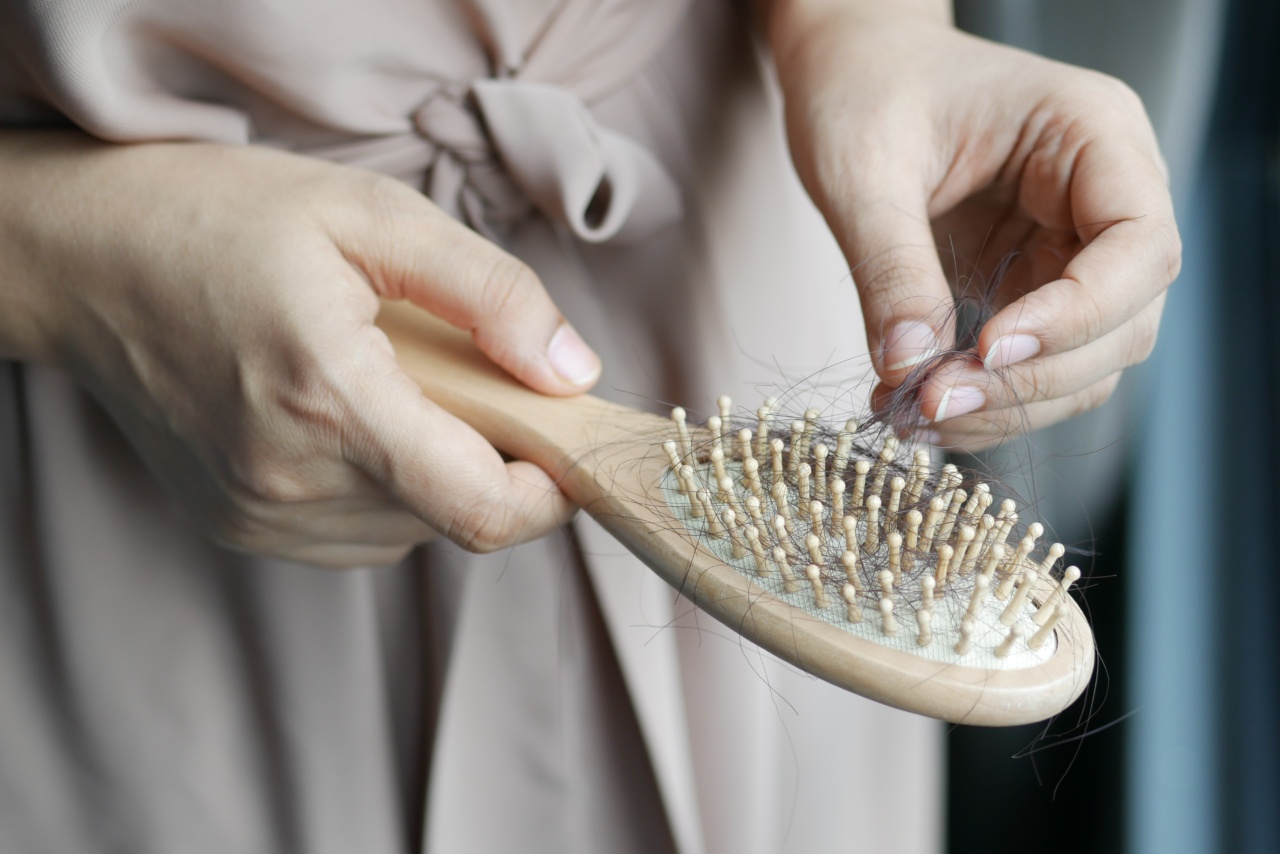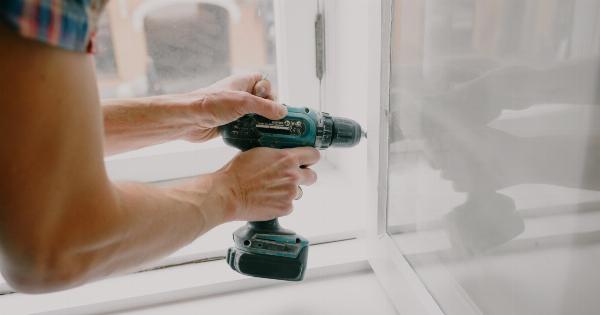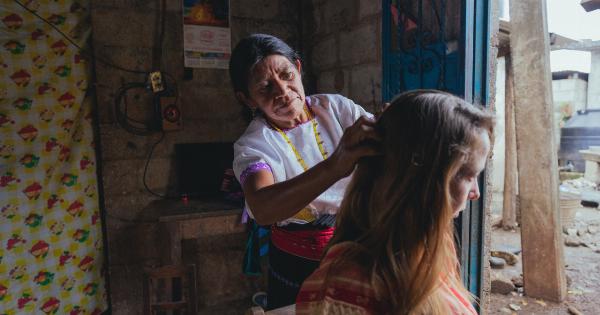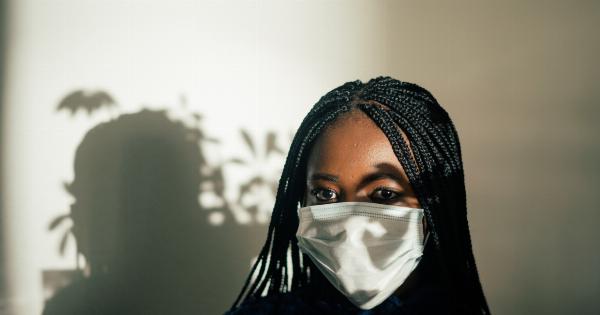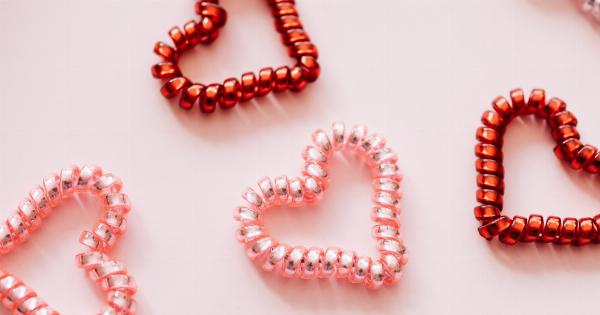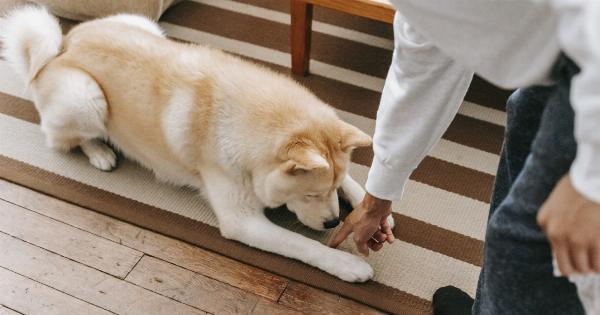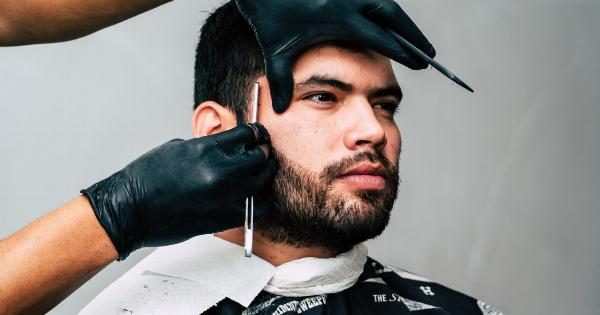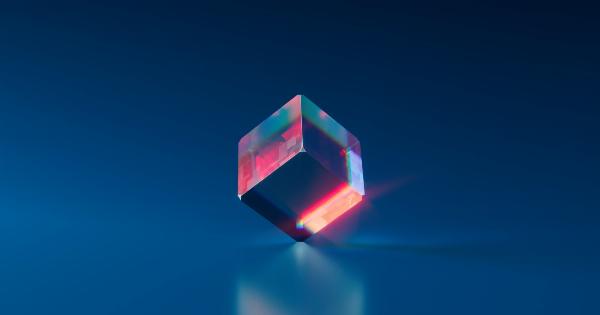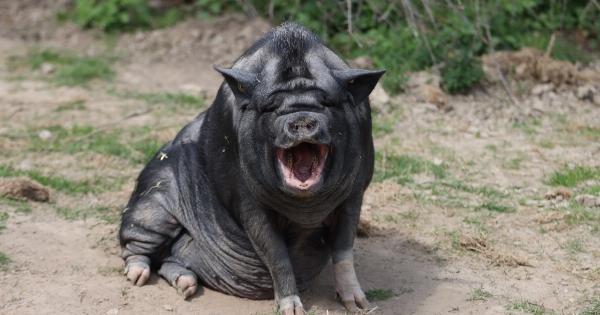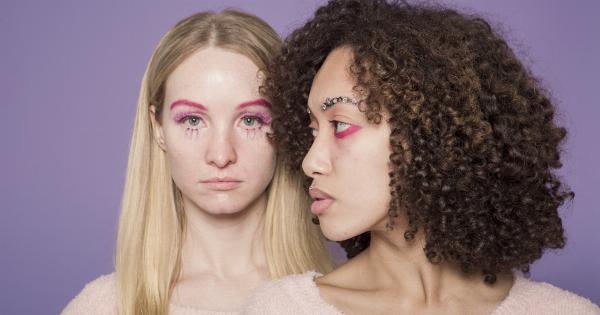Having hair that turns grey or white is common as we age. It can happen on your head, face, and in other parts of the body as well. For some people, this hair can be quite bothersome and unsightly, leading them to explore various methods for removing it.
While it is good to take care of yourself, it is equally important to make sure the method you choose is safe and effective. In this article, we will discuss the safest methods for removing hair that turns.
1. Shaving
Shaving is one of the most common and easiest methods to remove hair that turns. It is suitable for removing unwanted hair from face, arms, legs, or any other part of the body.
However, it is crucial to use a sharp and high-quality razor to avoid any cuts, nicks, or irritations on the skin. Also, remember to moisturize the skin after shaving to prevent dryness.
2. Waxing
Waxing involves applying warm wax to the skin, letting it cool, and then pulling it off in the direction opposite of the hair growth. This method removes the hair from the roots, leaving the skin soft and smooth.
It is crucial to be gentle while waxing around body parts such as the face, as the skin is sensitive and may be damaged easily. Also, remember to apply a soothing balm or oil after waxing to prevent redness and irritation.
3. Depilatory Creams
Depilatory creams work by breaking down the keratin in the hair shaft, which dissolves the hair at the surface of the skin. It is a painless and quick method of hair removal, suitable for sensitive areas such as the face, underarms, and bikini area.
However, depilatory creams can sometimes irritate the skin, and it is essential to follow the instructions carefully.
4. Laser Hair Removal
Laser hair removal is an effective method of removing hair that turns in the long term. It works by using concentrated light on the hair follicles to destroy the hair at the root.
Laser hair removal is safe for most people, but it may cause skin irritation or discoloration in rare cases. It is essential to follow the instructions carefully and consult a dermatologist before undergoing this treatment.
5. Electrolysis
Electrolysis involves a small needle being inserted into each hair follicle, delivering an electric current to destroy the root. It is an effective and long-lasting method of hair removal suitable for all skin types.
However, the process can be painful, and it requires multiple sessions to achieve the desired result.
6. Threading
Threading involves twisting a thread around hair to remove it from the root. It is an effective method to remove unwanted hair from small areas such as eyebrows, upper lip, and chin. Threading can be carried out by professionals or can be learned at home.
It is essential to use a thread that is sterile and practicing on hair only.
7. Sugaring
Sugaring involves using a paste made from sugar and lemon juice, spread onto the skin, and pulled off in the opposite direction of hair growth. It is a natural and gentle method of hair removal, suitable for sensitive skin.
Sugaring is ideal for arms, legs, and bikini area and is cost-effective in the long run.
8. Bleaching
Bleaching is a method used to disguise or lighten the appearance of hair that turns. It involves a solution of hydrogen peroxide and ammonia, which lightens the hair and blends it with the surrounding skin.
This method does not remove the hair, but it lessens its visibility. Bleaching should only be done by a professional and if the skin is sensitive, it may cause irritation.
9. Epilators
Epilators are small devices that contain rotating mechanical tweezers that remove hair from the root. This method is suitable for hair that turns in areas such as the arms and legs, but it can be quite painful.
Epilators have a cost-effective approach in the long term, and it diminishes the time interval of hair removal.
10. Trim The Hair
If the hair on a particular location is long but not thick, the safest method would be to trim it with scissors. Trimming removes the unwanted hair and maintains the natural hair growth.
It is essential to use clean and sharp scissors, and to be careful while trimming hair located in sensitive areas such as the genital area and around the nipples.
